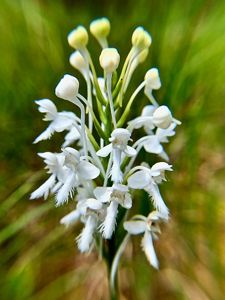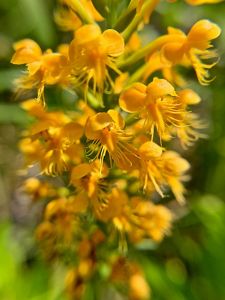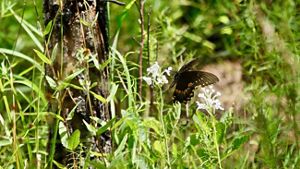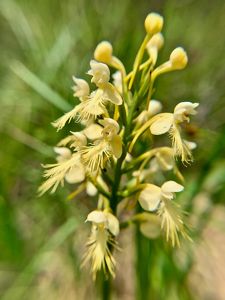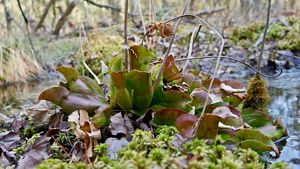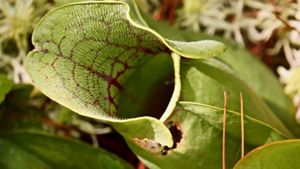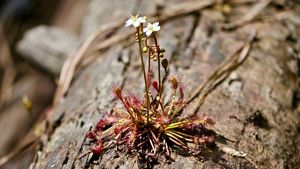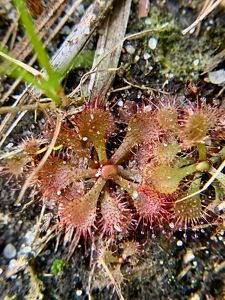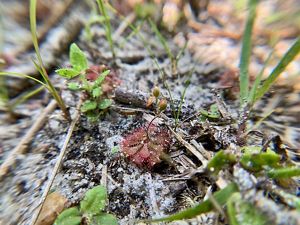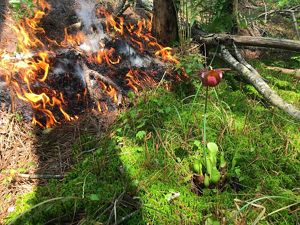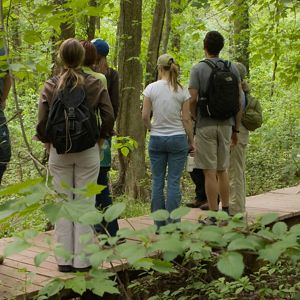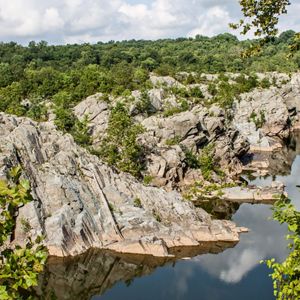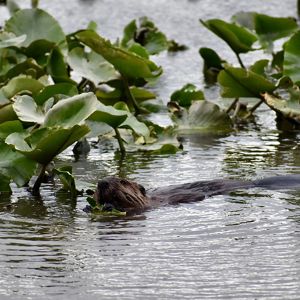Description
Nassawango Creek is one of the last pieces of true wilderness left on the East Coast. Dominated by bald cypress and black gum, the massive trees of this primeval forest envelop visitors with ample shade and security.
Starting with a gift of 154 acres given by E. Stanton Adkins in 1978, the effort to establish the preserve was spearheaded and led by a group of Worcester County residents who recognized the beauty and diversity of Nassawango Creek and its intrinsic value to the region.
For more than 40 years, TNC has worked to protect 14,787 acres of swamp and upland forest along Nassawango Creek. Today the preserve includes 9,953 acres of this land, and is one of the northernmost remaining examples of a bald cypress swamp.
A Legacy of Support
The Nassawango Creek Stewardship Committee was formed in 1979, and has been going strong ever since! The committee ranks among the longest-serving groups of preserve volunteers in the history of The Nature Conservancy.
Contact Chase McLean at chase.mclean@tnc.org to learn how you can become a part of this dynamic committee and help ensure the ongoing care of this beloved preserve.

